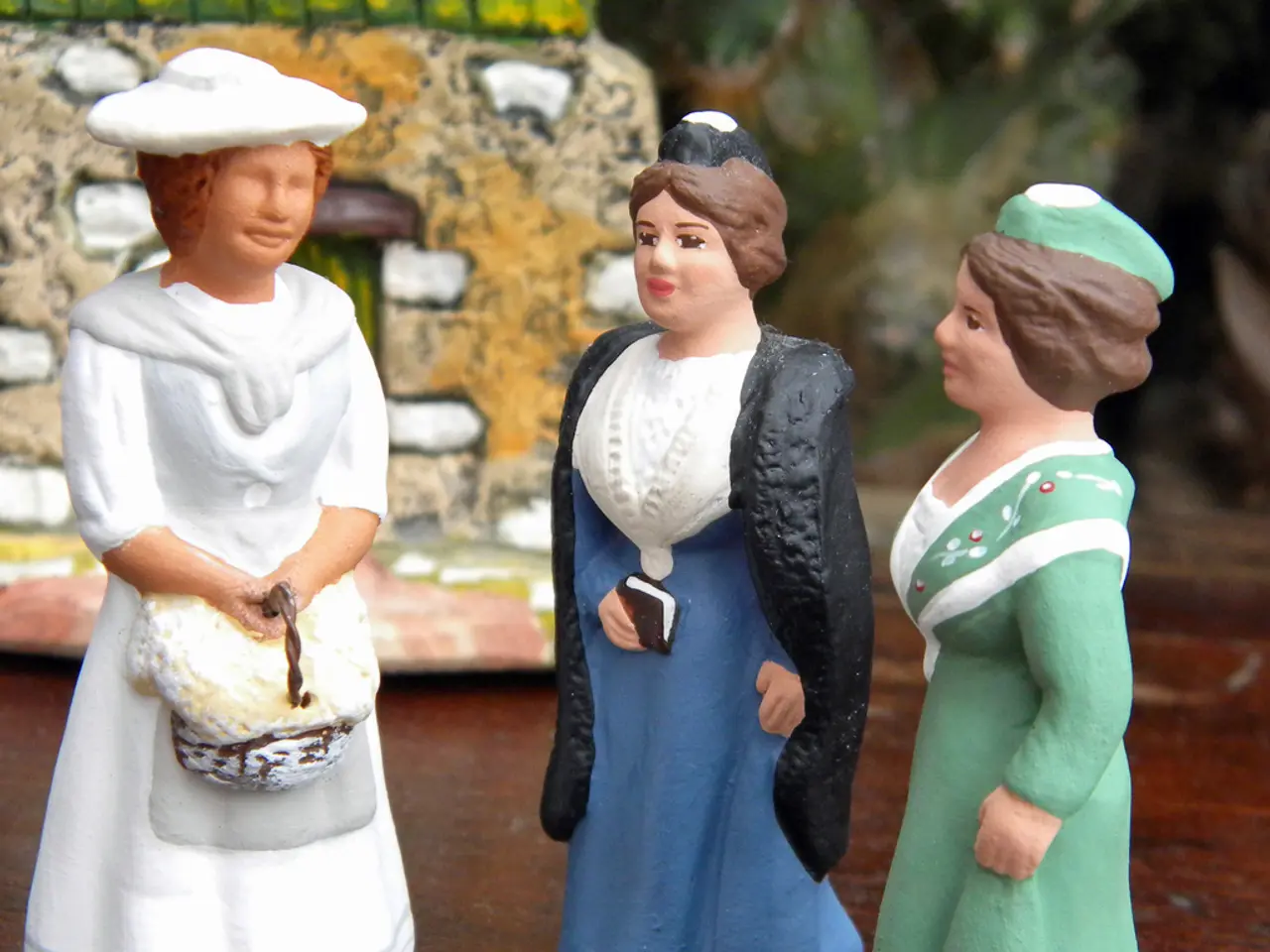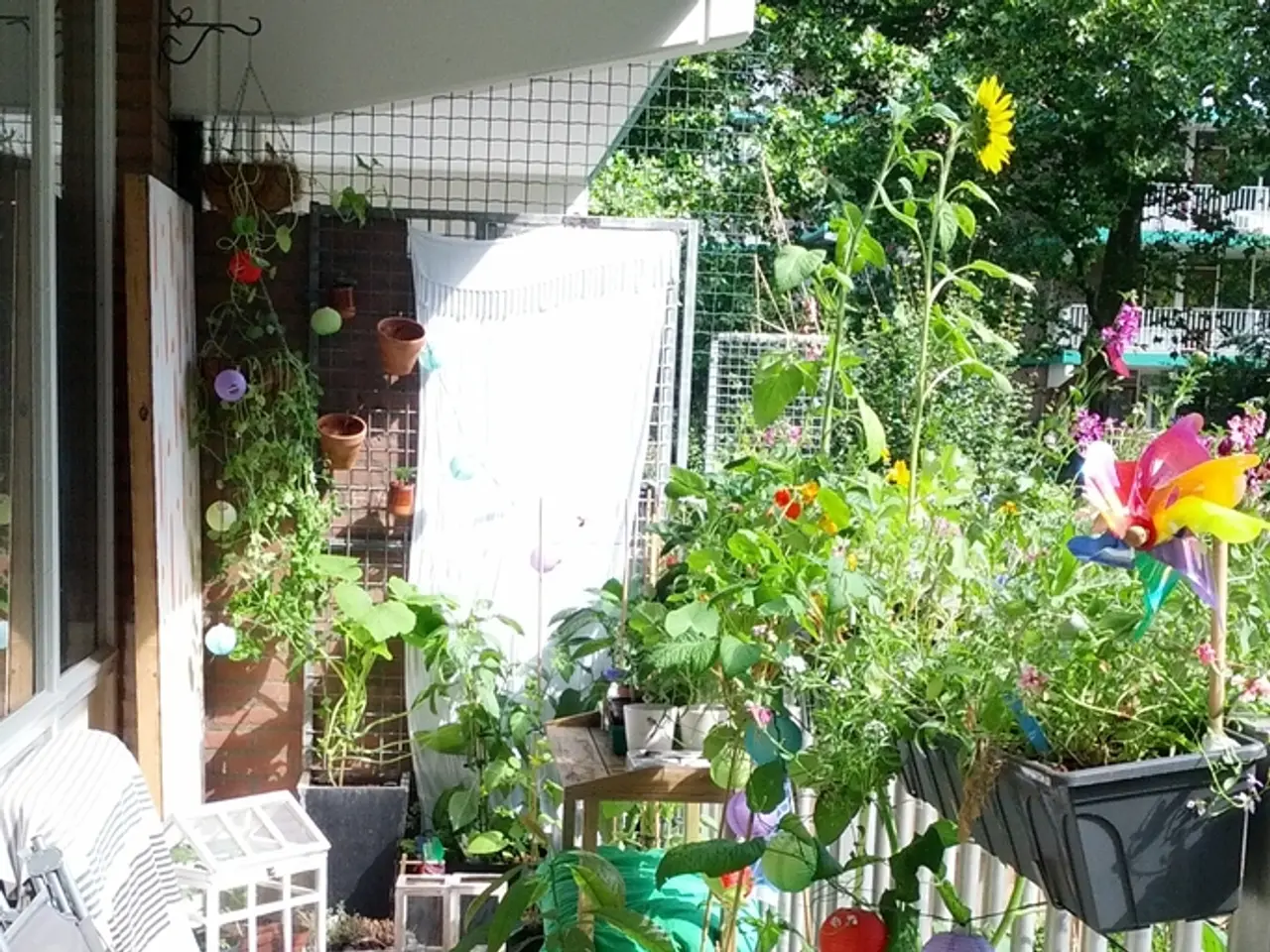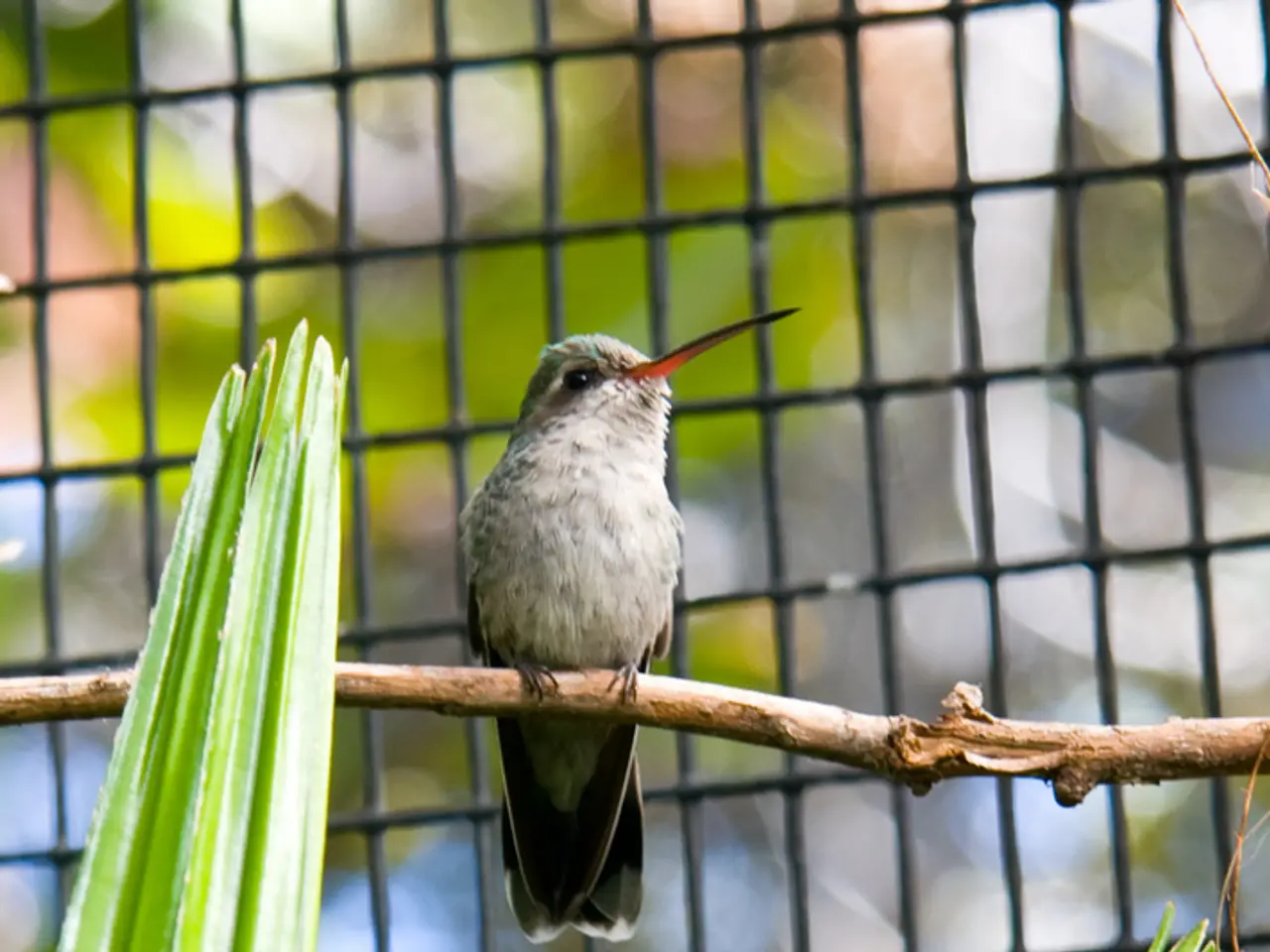Repurposed Artwork Crafted from Plastic Toy Dolls
In a bold move, Greenpeace has launched a new deforestation campaign targeting Mattel, the global toy producer known for its iconic Barbie and Ken dolls. The campaign highlights the environmental impact of the company's practices, particularly its packaging supplied by Asia Pulp and Paper, which has been linked to deforestation efforts in Indonesia.
Amidst this controversy, artists around the world are demonstrating the transformative power of recycling and creativity. One such artist is Freya Jobbins, an Australian creator who uses discarded Barbie and Ken dolls to create thought-provoking sculptures. Her work, influenced by artists like Guiseppe Archimboldo, Ron Mueck, Kathe Kollwitz, Friederich Hundertwasser, and Frida Kahlo, resembles the 3D rendition of Keith Haring's iconic tangle of humanity and Gustav Vigeland's statues in Oslo, Norway. Jobbins' works of art have a creepy and disturbing vibe, featuring caricatures of adult faces and bodies made from old children's dolls, making a statement about consumerism in contemporary society.
Jobbins' materials are very accessible due to society's overspending on children's plastic toys, especially dolls. Other artists are also embracing the use of recycled materials, creating artistic masterpieces using recycled paper, including newspapers and books, and transforming found and recycled plastic materials into large-scale sculptures and installations. New York-based artist Aurora Robson, for example, utilizes various techniques such as welding, weaving, and 3D printing to reshape post-consumer plastic waste, promoting ecological awareness and sustainability.
Brazilian artist Vik Muniz is renowned for his innovative use of everyday discarded objects and recycled materials to create intricate, detailed art. Originally from Brazil, Muniz's work highlights the transformative power of recycling and creativity, while John Godpower, a metal sculptor, repurposes recycled motorcycle chains, kitchen utensils, and scrap metal into striking sculptural pieces, blending craftsmanship with sustainability.
As we navigate this environmental crisis, it's essential to consider ethical ways to recycle toys. Passing them to family members, donating them to local charities and hospitals, repairing broken toys, or selling them online or at a yard sale can all help extend their life cycle. When it comes to electronic toys, they should be recycled with other e-waste, and if possible, opt for rechargeable batteries since they last longer.
Promoting environmental protection and healthy consumption habits can be as simple as gifting eco-friendly items. Custom lapel pins, for instance, make excellent promotional gifts, featuring slogans promoting proper consumption and environmental protection. They can also include meaningful designs and the date of Environment Day.
By supporting artists like Jobbins and others who create art from recycled materials, we can inspire an environmentally-aware generation. Sharing eco-friendly gifts with children can help raise awareness about the importance of sustainability, fostering a culture of resourcefulness and creativity.
- Freya Jobbins, an artist known for her thought-provoking sculptures made from recycled Barbie and Ken dolls, demonstrates the environmental impact of excessive spending on plastic toys.
- Artists around the world are embracing the use of recycled materials, such as newspapers, books, post-consumer plastic waste, and found scrap metal, to create masterpieces and promote ecological awareness and sustainability.
- By reshaping discarded objects and materials into intricate artworks, innovative artists like Vik Muniz and John Godpower showcase the transformative power of recycling and creativity.
- Extending the lifecycle of toys through gifting, donation, repair, or sale can help alleviate the environmental impact, while recycling electronic toys with e-waste and opting for rechargeable batteries can help conserve resources.
- As eco-friendly gifts, custom lapel pins featuring slogans promoting proper consumption and environmental protection can inspire an environmentally-aware generation, fostering a culture of resourcefulness and creativity among children.




